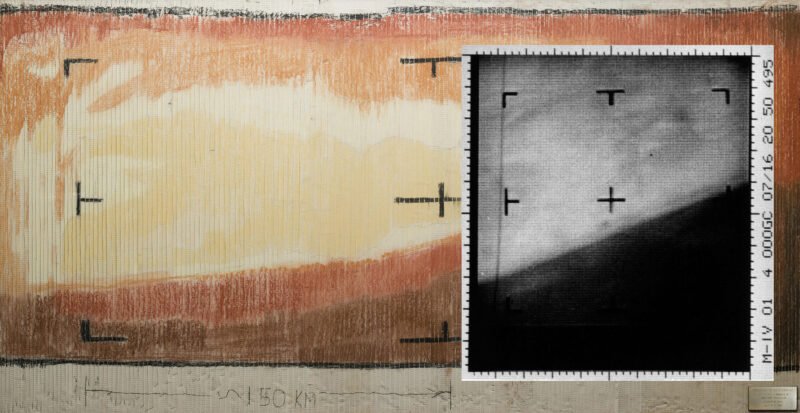Top Highlights
-
Mission Innovators: NASA JPL, under Caltech’s management, developed key Mars missions including Mariner 4, Vikings, Pathfinder, Sojourner, Spirit, Opportunity, Curiosity, Perseverance, and Ingenuity.
-
Ongoing Operations: JPL continues to operate the Curiosity and Perseverance rovers, driving advancements in Mars exploration.
-
Collaborative Efforts: Lockheed Martin Space built and supports the Mars Reconnaissance Orbiter (MRO), with JPL overseeing its mission management.
- HiRISE Operations: The University of Arizona operates HiRISE, a crucial imaging instrument, initially built by BAE Systems for Mars exploration.
Advances in NASA Imaging Changed How World Sees Mars
NASA continues to revolutionize our understanding of Mars through advanced imaging technology. Over the past few decades, the agency launched several missions that have provided stunning visuals of the Red Planet. As a result, these images have changed public perception and scientific inquiry.
Initially, Mariner 4 delivered the first images of Mars in 1965. Then, the Viking 1 and 2 missions sent back crucial photographs, paving the way for future exploration. These early attempts captured the imaginations of many, inspiring a generation of scientists.
Continuing this trend, the Mars Reconnaissance Orbiter (MRO) has produced high-resolution images. These detailed views allow researchers to identify geological features and track climate changes. Transitioning from basic snapshots to intricate visuals highlights the rapid technological advancements in space exploration.
The HiRISE camera, operated by the University of Arizona, captures extraordinary details. This technology helps scientists analyze the planet’s surface and potential habitability. Enhanced imaging feeds into ongoing missions like Curiosity and Perseverance, which explore Martian terrain and search for signs of past life.
Furthermore, advances in imaging contribute to various fields beyond astronomy. The same imaging techniques have applications in Earth sciences and agriculture. Scientists can monitor environmental changes and improve crop yields, demonstrating how space exploration benefits life on Earth.
Examining these missions reveals a robust collaboration among various teams. NASA’s Jet Propulsion Laboratory (JPL) in Pasadena managed the Viking program and continues to lead operations for Curiosity and Perseverance. Lockheed Martin Space supports MRO, ensuring its continual success.
Overall, NASA’s advancements in imaging have transformed our view of Mars. As technology evolves, so does our understanding of the cosmos, enriching science and inspiring future generations.
Stay Ahead with the Latest Tech Trends
Learn how the Internet of Things (IoT) is transforming everyday life.
Discover archived knowledge and digital history on the Internet Archive.
SciV1

